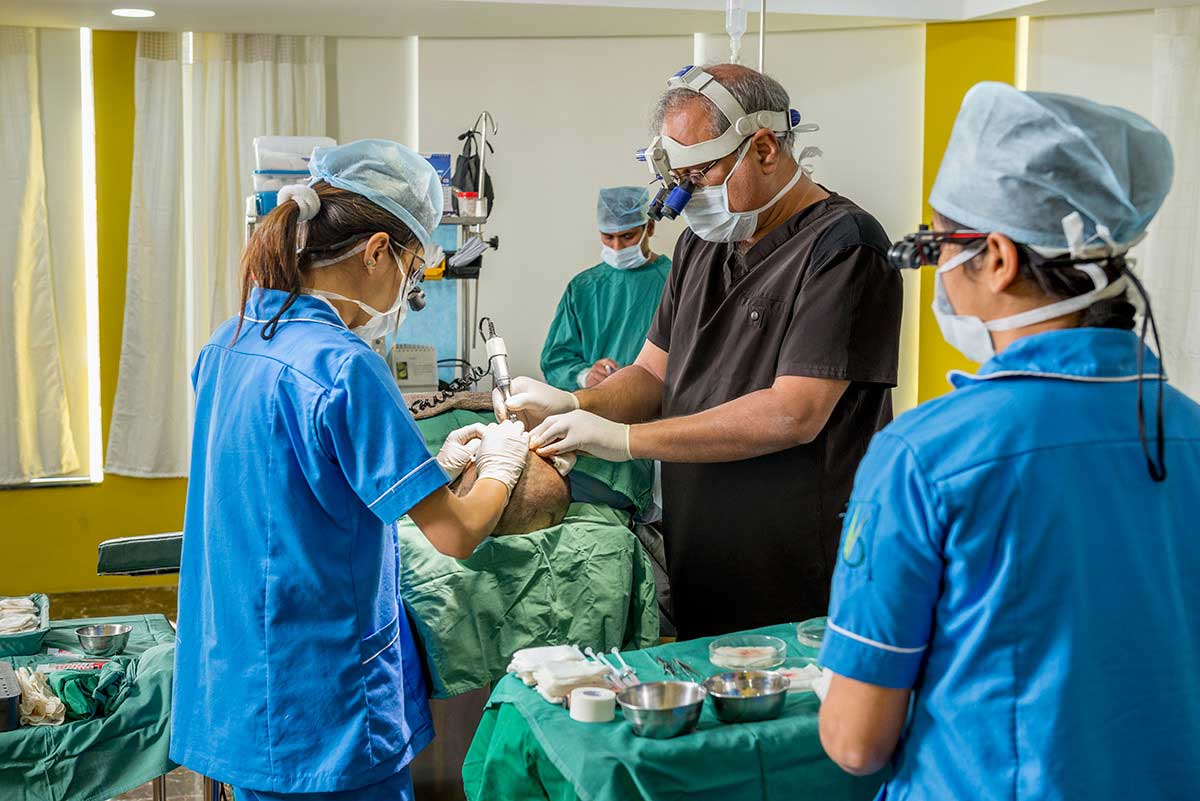Managing Whorl Patterns Along the Hairline in Hair Transplants
Your hairline is the frame of your face. A well-defined whorl pattern at the hairline can add a unique character, making the face appear more structured and refined. But when hair loss strikes, this same whorl pattern becomes your worst enemy—amplifying the baldness and making it nearly impossible to conceal. And when it comes to hair restoration, trying to recreate a whorl at the hairline isn’t just difficult—it’s often impractical. So, what’s the best approach if you’re thinning and have a whorl along the hairline?
Let’s break down this complex topic never discussed before, in this video: WATCH
Understanding Whorl Patterns Along the Hairline
A hair whorl is a spiral-like pattern of hair growth commonly found on the crown. However, in some individuals, this whorl extends to the hairline, creating a distinctive swirling effect. This occurs due to the unique orientation of hair follicles dictated by embryonic development, genetics, and scalp tension patterns.
While most people have a straightforward back-to-front hair direction at the hairline, those with a frontal whorl experience a more complex arrangement. The hair does not simply grow forward—it rotates in a circular or semi-circular motion, adding a unique but challenging element to their hairline.
Why a Whorl Pattern Makes Hair Loss More Noticeable
In a typical hairline, the uniform forward direction of hair growth allows for even coverage. But with a whorl pattern, the outward radiating hair exposes gaps that get more prominent when thinning begins. Here’s why:
Exposed Scalp: As hair density decreases, the irregular parting caused by the whorl makes the underlying scalp highly visible.
Difficult Camouflage: Unlike straight-line recession, where styling tricks can hide thinning, a whorl pattern leaves no room for concealment.
Uneven Recession: Hair loss typically starts from the epicenter of a whorl. When a whorl is at the hairline, it creates a patchy and asymmetrical effect that stands out even more.
This exaggerated patchy appearance makes hair loss more noticeable in individuals with a frontal whorl, creating a major aesthetic concern.
The Challenges of Restoring a Whorl Pattern in a Hair Transplant
Surgeons aim to replicate natural hair direction and angulation for seamless results. However, a whorl pattern presents technical challenges that often make restoration impractical.
1. Excessive Graft Requirement
A whorl requires significantly more grafts due to its multi-directional hair flow. The precise placement of follicles at varying angles demands additional resources. Since donor hair is limited, dedicating an excessive number of grafts to reconstructing a whorl may not be the best use—especially if the patient experiences progressive baldness.
Moreover, hair transplants only achieve about 50% of native density. A whorl at the crown may be overlooked due to its location, but a low-density whorl at the hairline will appear stark and unnatural, failing to blend with the surrounding hair.
2. Risk of an Unnatural Look
Even a minor deviation in implantation angles can make the pattern look artificial. If not executed flawlessly, the restored hairline may stand out awkwardly, defeating the purpose of a natural-looking restoration.
3. Post-Surgical Growth Irregularities
Even if a surgeon meticulously recreates the pattern, post-operative growth is unpredictable. Healing variations, follicular shock loss, and variable scalp microenvironment can cause hair to grow inconsistently. What was meant to be a swirling pattern may instead appear disorganized and unnatural.
Due to these challenges, transplanting a whorl at the hairline is a high-risk, resource-intensive approach that rarely justifies the effort involved.
The Best Approach: Ignoring the Whorl and Following the General Hair Direction
Given the difficulties of recreating a whorl, the most logical approach is to simplify the restoration process. Instead of attempting to replicate the intricate swirls, the goal should be to design a natural-looking hairline that blends seamlessly with the scalp. My strategy involves:
Establishing a Natural Flow: Ignoring the original whorl and following the general forward or slightly lateral direction of hair growth ensures a smooth, undetectable transition.
Prioritizing Density Over Complexity: By avoiding unnecessary intricacy, donor grafts are used efficiently to maximize density.
Enhancing Camouflage Potential: A straightforward, naturally directed hairline allows for better styling and concealment of future thinning.
Planning for Future Hair Loss: A simple, uniform hairline ensures that if additional hair loss occurs, the transplant will continue to look natural.
Conclusion
A whorl pattern at the hairline is a striking yet challenging feature. While it may enhance aesthetics when fully intact, its complexity makes hair loss more conspicuous and difficult to manage. When it comes to restoration, attempting to recreate a frontal whorl is impractical due to excessive graft requirements, high risk of unnatural appearance, and unpredictable growth outcomes. Instead, following a structured, simplified approach—one that prioritizes density and blends seamlessly with surrounding hair—is the best strategy.
In hair restoration, the goal isn’t just to replace lost hair—it’s to create a natural and enduring result. And sometimes, that means letting go of complexity in favor of what truly works.



